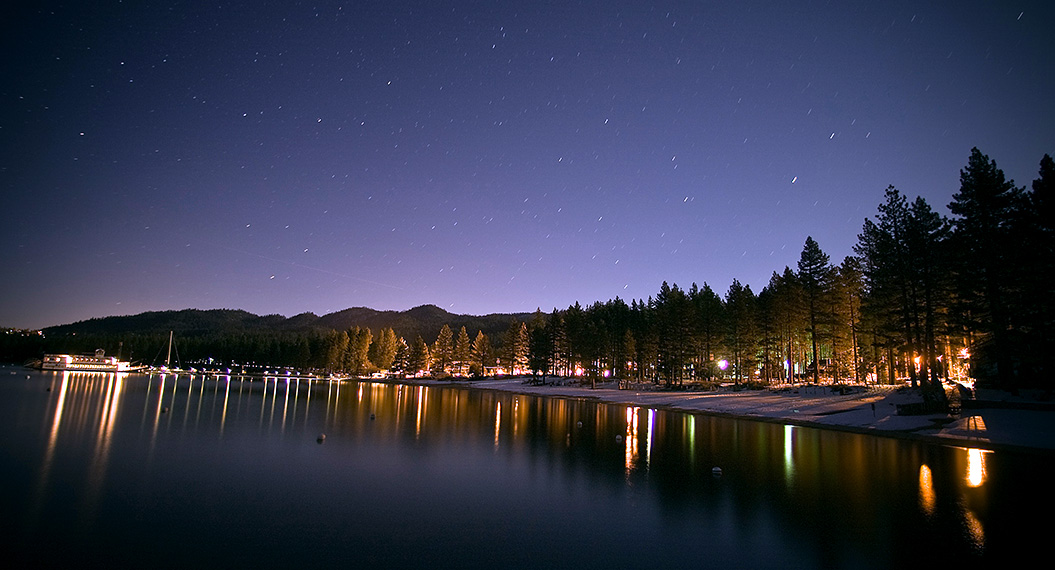National Parks with the Best Stargazing Opportunities
Exploring the night sky is a magical experience that takes us beyond the earthly realm, connecting us to the vastness of the universe. Few places offer better opportunities for stargazing than national parks, where natural darkness is preserved, and light pollution is minimal. 
These destinations provide not only breathtaking celestial views but also an immersive natural experience.
The Unique Appeal of National Parks for Stargazing
National parks are sanctuaries of natural beauty and environmental conservation. Their remote locations and pristine landscapes make them perfect for escaping city lights and embracing the serenity of the cosmos. Several parks in the United States are certified Dark Sky Parks, an official recognition by the International Dark-Sky Association (IDA) for their exceptional dedication to preserving dark skies.
Benefits of stargazing in national parks include:
- Unobstructed Views: Vast open spaces with minimal artificial light ensure clear visibility of stars, planets, and constellations.
- Educational Programs: Many parks host astronomy programs, complete with telescopes and expert guides.
- Unique Settings: From rugged mountains to expansive deserts, the varied landscapes add to the allure of the stargazing experience.
Top National Parks for Stargazing
Arches National Park, Utah
Arches National Park offers an otherworldly backdrop for stargazing with its famous sandstone formations and arches. Located in a remote part of Utah, this park experiences minimal light pollution, making it one of the best places to observe the Milky Way.
Popular stargazing spots include:
- Delicate Arch: The iconic arch frames the night sky beautifully, providing a perfect photo opportunity.
- The Windows Section: An ideal area to observe constellations and meteor showers.
Park rangers often organize night sky programs, offering insights into the constellations and the science of astronomy. Summer months are particularly popular for these activities.
Big Bend National Park, Texas
Big Bend is renowned for its vast, unspoiled desert landscapes and exceptional night skies. Recognized as a Dark Sky Park, it offers some of the darkest skies in North America. The park's remoteness ensures minimal light interference, making celestial events like meteor showers an unforgettable experience.
Key features include:
- Chisos Basin: Surrounded by mountains, this area offers a secluded stargazing experience.
- Santa Elena Canyon: The dramatic cliffs here enhance the ambiance of the night.
Visitors can also participate in ranger-led stargazing tours or attend annual astronomy festivals hosted in the park.
Bryce Canyon National Park, Utah
Bryce Canyon’s high elevation and arid climate contribute to its exceptional stargazing conditions. The park’s unique amphitheater of hoodoos creates a dramatic foreground against the starry expanse. Visitors can often see over 7,500 stars on a clear night, far exceeding what is visible in urban areas.
Highlights include:
- Sunset Point: A favorite spot for observing constellations and planets.
- Full Moon Hikes: These guided hikes offer a different perspective of the park under moonlight.
Bryce Canyon also holds an annual Astronomy Festival, featuring lectures, telescope viewings, and family-friendly activities.
Joshua Tree National Park, California
Known for its surreal landscapes of Joshua trees and rugged rock formations, Joshua Tree National Park is a stargazer’s paradise. The park’s vast desert expanse and low humidity levels make it ideal for celestial observation year-round.
Top spots for stargazing include:
- Hidden Valley: A sheltered area with minimal disruptions from wind or light.
- Cottonwood Spring: Offers an expansive view of the sky, perfect for spotting the Milky Way.
Joshua Tree also provides visitors with an opportunity to explore astrophotography workshops and nighttime wilderness hikes.
Tips for Enhancing Your Stargazing Experience
While visiting these parks, preparation is key to making the most of your stargazing adventure.
Here are some tips:
- Check the Moon Phase: Aim for a visit during a new moon for the darkest skies.
- Bring the Right Equipment: Binoculars, telescopes, and red-light flashlights are essential.
- Dress Appropriately: Even in summer, nighttime temperatures can drop significantly.
- Arrive Early: Scout your location and set up before nightfall to avoid disruptions.
Additional National Parks Worth Mentioning
- Glacier National Park, Montana: Offers mesmerizing views of the Northern Lights.
- Great Basin National Park, Nevada: Known for its annual Astronomy Festival.
- Death Valley National Park, California: Features vast, unobstructed skies.
- Yellowstone National Park, Wyoming: Combines stargazing with geothermal wonders.
The Role of Conservation in Stargazing
Preserving dark skies is crucial for both ecological and cultural reasons. Excessive light pollution disrupts wildlife behaviors, particularly nocturnal species, and obscures our connection to the stars.
National parks play a pivotal role in dark sky conservation through:
- Lighting Policies: Implementing measures to minimize artificial light.
- Public Awareness: Educating visitors about the importance of reducing light pollution.
Supporting these efforts ensures that future generations can continue to enjoy the beauty of the night sky.
Conclusion
National parks offer unparalleled stargazing opportunities, blending the wonders of nature with the mysteries of the cosmos. Whether you are an amateur astronomer or simply seeking a peaceful escape, these parks provide an unforgettable experience under the stars.
References
- International Dark-Sky Association
- Arches National Park Official Site
- Big Bend National Park Official Site
- Bryce Canyon Astronomy Festival
- Joshua Tree National Park Official Site
- Glacier National Park and Northern Lights
- Great Basin National Park Astronomy Festival
- Death Valley Stargazing Tips
- Yellowstone National Park Night Sky
- National Park Service Stargazing Events








![[LIVE] Engage2Earn: Dutton = MAGA](https://cdn.bulbapp.io/frontend/images/e12661b2-74fa-4cd8-b554-51be7f6fec4f/1)

















